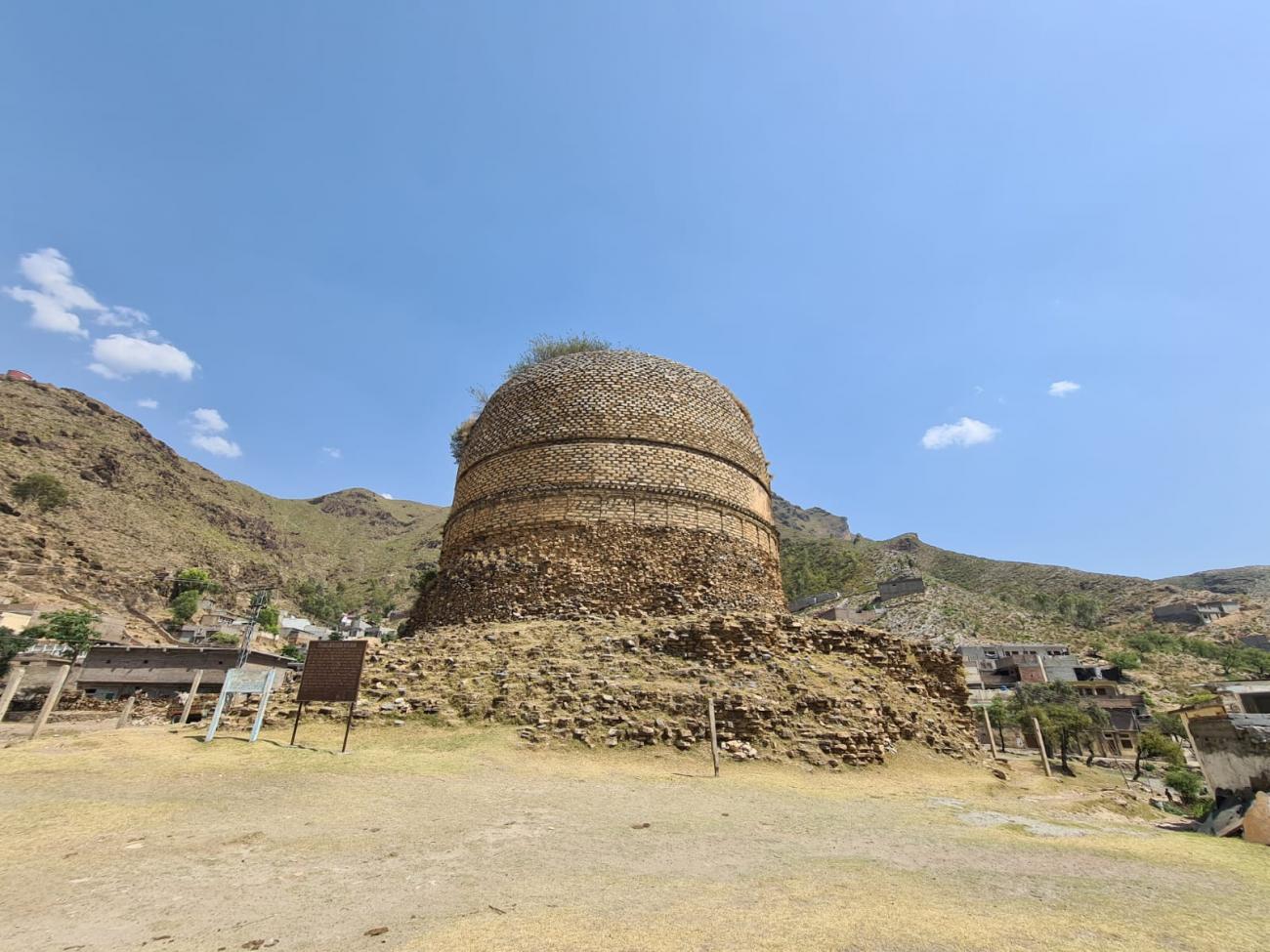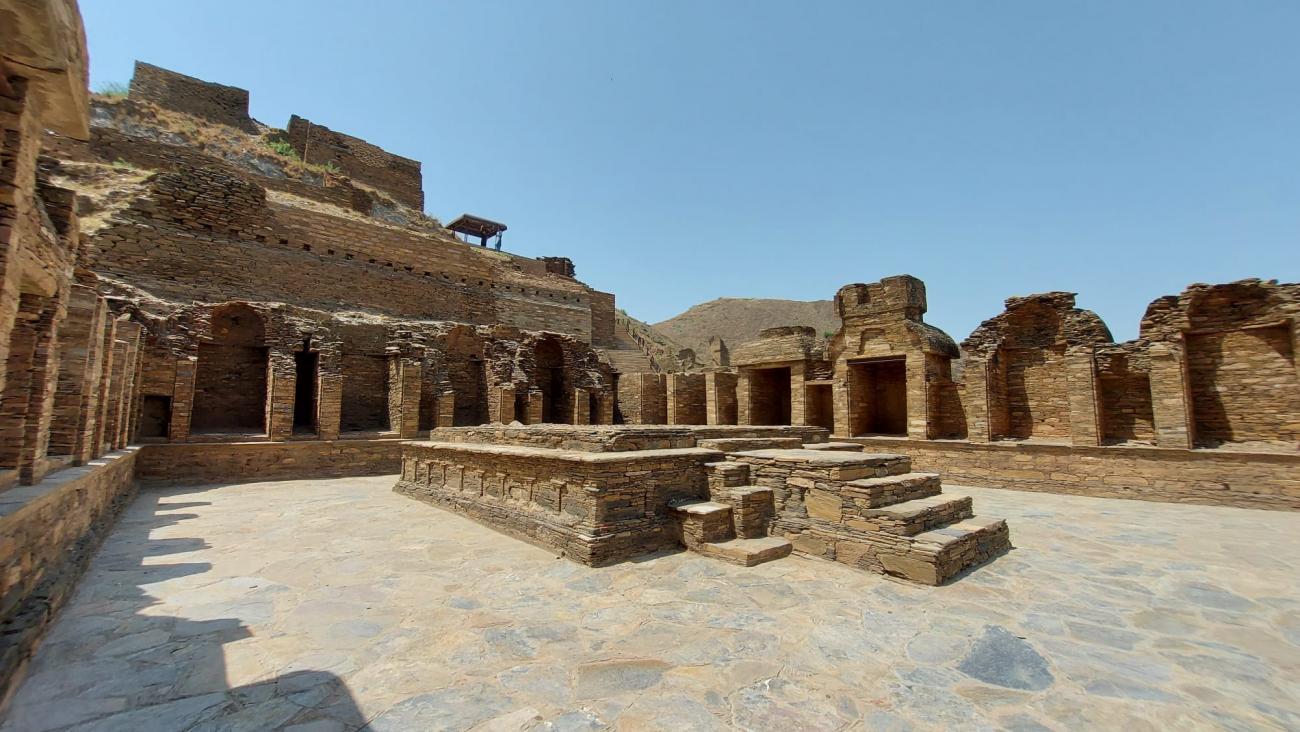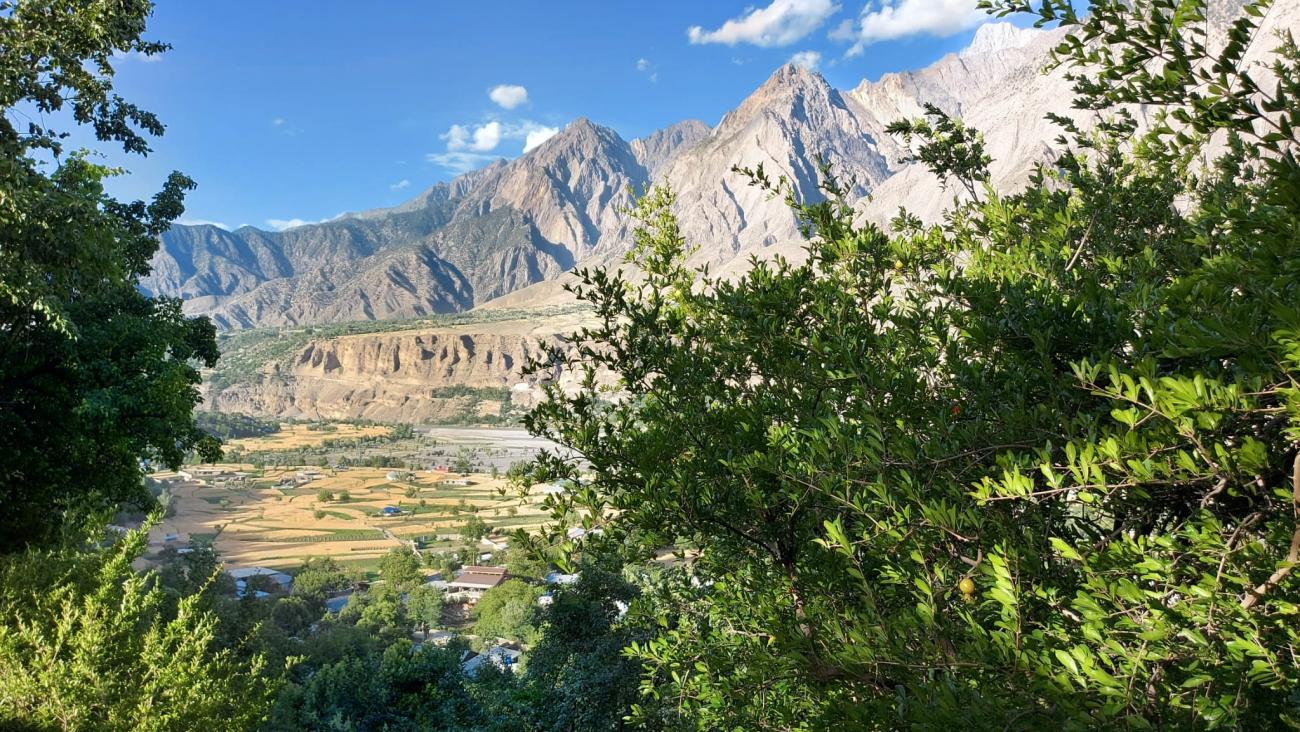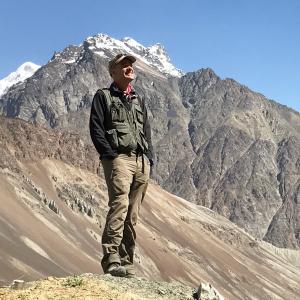As I mentioned in my last blog, one of the advantages of not going to Peshawar is that it gives you time to visit other places on the northern route through Pakistan. And the Swat Valley is one of them. Not only is it a more convenient overnight stopping point - about halfway between Islamabad and Chitral - and has one of the region’s best hotels, but it’s also home to a treasure trove of Buddhist sites from the Gandhara period.

Gandhara is the name of the ancient Buddhist region that stretched across much of north-western Pakistan and north-eastern Afghanistan between the 1st century BC and the 8th century AD. Renowned for its unique style of art, which was heavily influenced by Greek and Hellenistic styles, the region boasts many impressive sites. The most impressive of which is undoubtedly the hilltop monastery, Takht-i-Bahi.

Literally translated as ‘the throne of springs’, this is an incredibly well-preserved complex of Buddhist learning and meditation, founded in the 1st century CE and active until the 7th century CE. It was designated a UNESCO World Heritage Site in 1980. Stretching up a dusty hillside, the complex consists of the main stupa hall, prayer halls, meditation cells, a kitchen and dining area and a hostel for visiting monks. Climbing to the top and looking down over the site gives an amazing view of the monastery and surrounding landscapes. Often bypassed by tourists in a hurry to get into the mountains of the north, Takht-i-Bahi is well worth a stop. We spent about an hour exploring the site.

From here we drive over the Malakand Pass and into the heart of the Swat Valley.
Of course, a few years ago this would not have been possible. In 2007, spurred on by their comrades in Afghanistan, the Pakistan Taliban, or TTP as they were known, took control of the Swat Valley and imposed their version of Sharia law, which included closing all girl’s schools and issuing the death penalty for barbers, music shop owners and thieves. In 2012, while on a bus after taking an exam, they also famously shot the child activist Malala Yousafzai. Miraculously she survived, and by 2015 the TTP had been crushed and the rule of law returned to the valley.

Now, there are no problems in the region. We stopped at the impressive Shingardar stupa, the defaced Ghalai Buddha, and visited the small but excellent Swat Valley Museum and the stupa site of Batkala in Saidu Sherif. We stayed the night at the pretty Serena Hotel, the old palace of the Wali of Swat, and yesterday continued north, into the foothills of the Hindu Kush, through the Lowari Tunnel – video coming shortly – and into Chitral.
Today we are heading into the valleys of the Kalash
